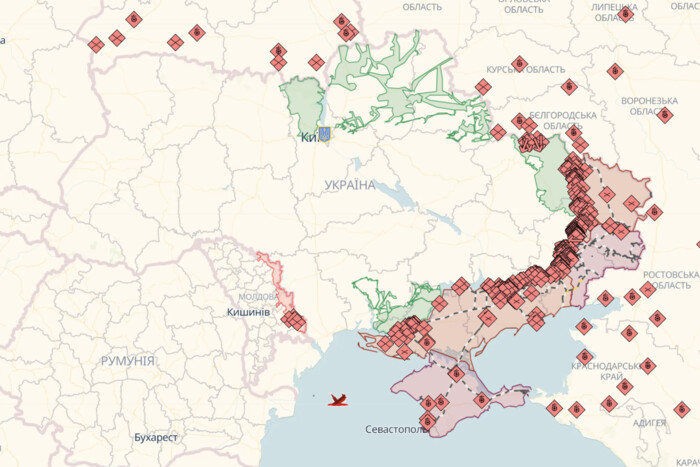A differentiated alarm system has started working in Kharkiv: what does it mean.


A new air alarm system has started working in Kharkiv
Starting from February 22, 2025, a new air alarm notification system has started operating in Kharkiv. This system allows for a clear differentiation of signals for the city and the region. The decision was made to more accurately determine the threat and increase the effectiveness of the economy. It will also help reduce the psycho-emotional burden on people.
According to Kharkiv Mayor Ihor Terekhov, last year there were 2113 air alarm signals in the city, but only 455 concerned the city itself.
This system will provide greater stability in all areas of life. Businesses and government institutions will be able to operate without interruptions, and people will know that the danger is real and that they must seek shelter immediately.
The implementation of the new system became possible thanks to the joint work of specialists from various fields, such as engineers, military air defense and RTV, the State Emergency Service, the company Stfalcon, and Ajax Systems. They worked on this project for many months.
It is also worth noting that the popular app 'Air Alarm!' among Ukrainians has received an update. Now users can add their geolocation to receive additional signals about threats not only in the region or city but also in specific areas. The developers assure that this update does not transmit personal information about the user's exact location, but merely indicates the general area on the map.
Read also
- A large-scale air alert in Ukraine lasted 35 minutes
- Why the Russian Federation manipulates the issue of prisoner exchanges: explanation from the CPD
- Russia announced an offensive in Dnipropetrovsk region: ISW analysts assessed the situation
- A Very Difficult Night. The Head of the Rivne OVA Reported on the Consequences of the Attack
- Poland raised its military aviation due to the attack on Ukraine
- Online map of combat actions in Ukraine as of June 9: situation at the front










